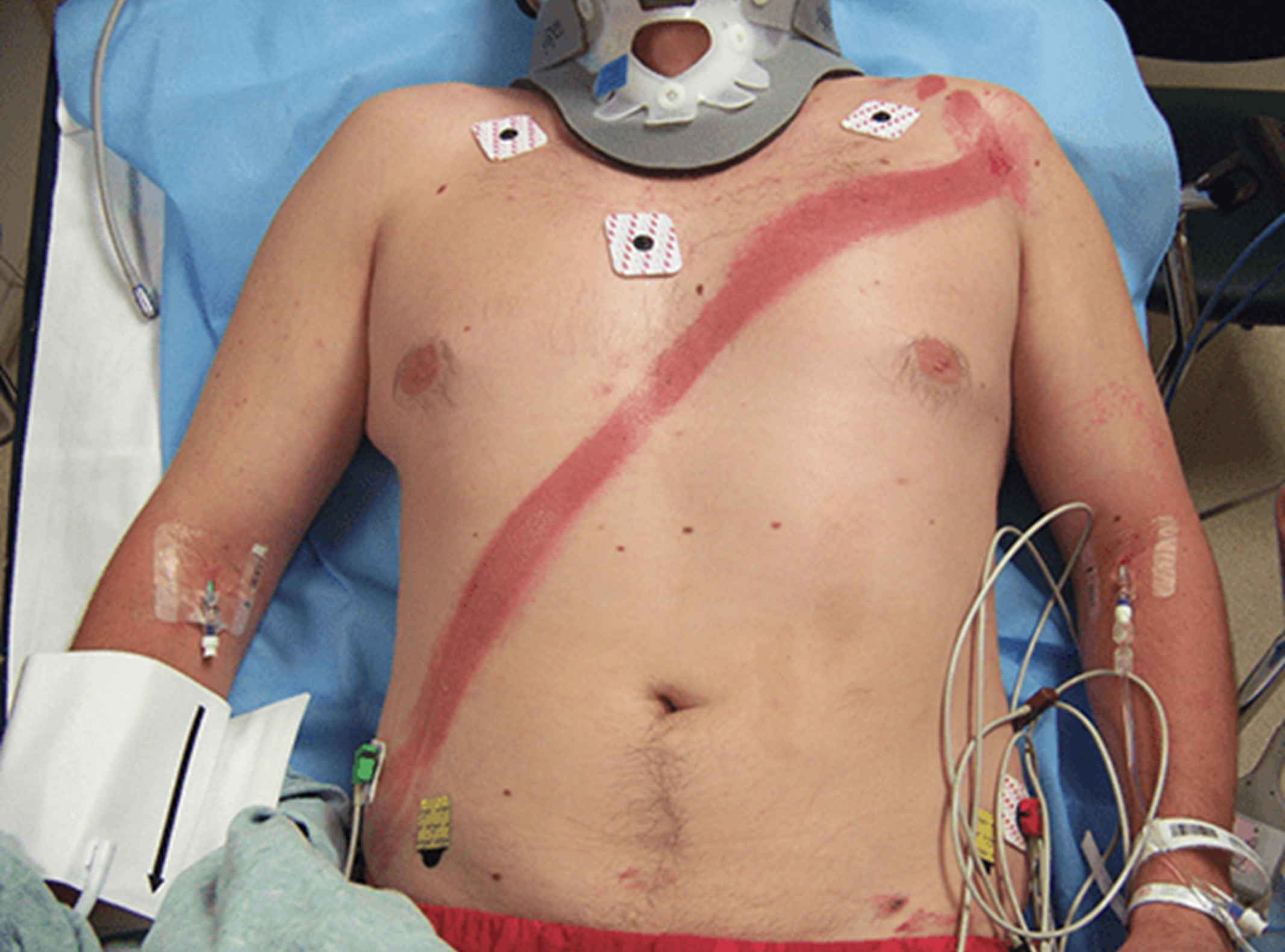Written By: John Gwilliam, PT, MPT, MHA, CWS, Cert DN
 Summertime! A season for many of us that indicates a time to relax, to unwind, and to spend more time with family and friends. Anecdotally, the beginning of summer also includes an increase in the number of trauma events as many across the country are out and about. These trauma events will lead to various combinations of injuries and recovery periods, including minor sprains and strain, fractured femurs and ribs, and severe brain injury. The combination of these patient presentations places additional responsibility on healthcare providers to provide a comprehensive treatment plan for efficient and effective recovery. This care starts with the trauma team providing stabilizing and lifesaving care, specialty surgeons stepping in to help with orthopedic, cardiovascular, and neurological care, exceptional care from our nursing colleagues, and early intervention from the rehabilitation team.
Summertime! A season for many of us that indicates a time to relax, to unwind, and to spend more time with family and friends. Anecdotally, the beginning of summer also includes an increase in the number of trauma events as many across the country are out and about. These trauma events will lead to various combinations of injuries and recovery periods, including minor sprains and strain, fractured femurs and ribs, and severe brain injury. The combination of these patient presentations places additional responsibility on healthcare providers to provide a comprehensive treatment plan for efficient and effective recovery. This care starts with the trauma team providing stabilizing and lifesaving care, specialty surgeons stepping in to help with orthopedic, cardiovascular, and neurological care, exceptional care from our nursing colleagues, and early intervention from the rehabilitation team.
 To deliver optimal care the rehabilitation team should have a firm understanding of how a patient on trauma service is initially assessed and also be aware of latent patient presentations that may develop. These latent or occult presentations are typically masked by the initial primary pathology, may not be related to direct injury, and often include contributing factors of advanced age (>50 years old), alcohol consumption, history of coagulopathy, and a polytrauma event. Many of these occult injuries or presentations fall into the following categories with key indicators of a potential injury:
To deliver optimal care the rehabilitation team should have a firm understanding of how a patient on trauma service is initially assessed and also be aware of latent patient presentations that may develop. These latent or occult presentations are typically masked by the initial primary pathology, may not be related to direct injury, and often include contributing factors of advanced age (>50 years old), alcohol consumption, history of coagulopathy, and a polytrauma event. Many of these occult injuries or presentations fall into the following categories with key indicators of a potential injury:
Brain Injury
– Mental status changes
– Nausea and vomiting
– Difficulty breathing
Spinal Injury
– Loss of muscle tone and strength
– Bowel and bladder dysfunction
– Paresthesia
Pneumothorax
– Thoracic insult or injury, including rib fracture
– Shortness of breath, elevated heart rate, and respiratory rate
– Increased potential with the female population
DVT
– Significant calf pain
– Edema
– Venous distention
PE
– Dyspnea
– Pleural pain
– Increased respiratory rate
– Cough and/or hemoptysis
– Fatigue
Orthopedic
– High-velocity fractures (falls, MVC
– Pain with movement of the extremity
– Increased pain with weight-bearing
 These injuries may not present until the patient begins to participate in mobility and therapeutic interventions. Subsequently, it is essential that any therapist providing care to these patients is aware of the potential of these occult presentations and be aware of the typical signs and symptoms for each category. The care of trauma patients is a challenging situation, but ultimately tremendously rewarding as you assist these patients in their recovery process.
These injuries may not present until the patient begins to participate in mobility and therapeutic interventions. Subsequently, it is essential that any therapist providing care to these patients is aware of the potential of these occult presentations and be aware of the typical signs and symptoms for each category. The care of trauma patients is a challenging situation, but ultimately tremendously rewarding as you assist these patients in their recovery process.
Explore online continuing education courses from John below:
A Therapist’s Evidence-Based Approach to Acute and ICU Care Rehab
COVID-19: Clinical Interventions for Therapy
Dry Needling Evidence-Based Concepts and Essential Skills
Fall Risk Assessment in Acute Care
Medically Complex Patient Care
The Latest Ethical Standards in Physical Therapy
Trauma Care and Recovery in Acute Care
Visit summit-education.com for more information.
References:
Coles, S.J., et al., (2020). Impact of an early mobilization protocol on outcomes in trauma patients admitted to the intensive care unit: A retrospective pre-post study. Journal of Trauma Acute Care Surgery, 88 (4), 515-521
Resnick, B., et al (2016). Feasibility and Efficacy of Function Focused Care for Orthopedic Trauma Patients. Journal of Trauma Nursing, 23(3), 144-155.
Southerland, L., et al. (2017). Early geriatric consultation increases adherence to TQIP Geriatric Traum Management Guidelines. Journal of Surgical Research. 216, 56-64
